Here is a brief overview of the Steps involved in obtaining a CE Marking.
[Click here to know about MDR (Medical Device Regulations) for a detailed and updated process]
1) Appoint a Designated Individual
Manufacturers must have at least one member responsible for regulatory compliance and he/she needs to have relevant expertise in the field of medical devices.
2) Determine the Classification of your device
The MDR has established rules to classify medical devices according to risk level, placement on the body, and duration of use.
Risk –
devices are categorized in Class I, IIa, IIb, and III (increasing order of risk)
Body placement –
Devices can be ‘invasive’ or ‘non-invasive’ (depending on their level of penetration in the body) For example, the hearing aid is a non-invasive Class II device placed on the body’s surface. On the other hand, a Deep brain stimulator is an invasive Class III device.
Duration of Use –
Transient use of up to 60 minutes, short-term use of up to 30 days, and it becomes a long-term period above that time period.
3) Implement a Quality and Risk management System
ISO 13485:2016 is chosen by most medical device manufacturers because it is presumed to be in conformity with MDR requirements regarding QMS.
The QMS must include Clinical Evaluation, Post Market survey (PMS), and Post Market Clinical Follow-up (PMCF)
4) Prepare Technical Documentation
(also ‘medical device technical files’) as per Annex II and III of the MDR
It is a requirement of MDR and should contain detailed information regarding the device lifecycle.
Design Dossier (Design Control) contains info regarding a device’s physical characteristics and construction. A crucial process is the Design Control or Design Dossier, which contains proof that the device was designed in a way to minimize risk, injuries, or accidents.
5) Appoint an Authorised Representative (EC REP)
If the medical device manufacturer is not based in the European Economic Area (EEA), they need to appoint an Authorised representative in the member country to:
- Obtain a Single Registration Number from the regulators via EUDAMED.
- Get technical documents verified
- Inform the manufacturer about complaints
- Address their documentation inside Europe
6) Notified Body Independent Assessment and Certification (If Required)
- A notified body is an organization designed to address the conformity of products before their placement on the market and is responsible for auditing and certifying manufacturers concerning the conformity of devices with MDR.
- They need not asses manufacturers of class I non sterile and no measuring devices, companies can issue a self-declaration of conformity.
- For other (higher) classes, certification is mandatory and has a maximum validity of 5 years.
- Manufacturers receive a certification from the Body once the audit is done.
- Audits and assessments occur periodically to ensure the approved QMS (Quality Management System) and Post Market Surveillance are being applied by the company.
7) Preparation of DoC [Declaration of Conformity]
By Annex IV of MDR, a DoC is a legally binding document prepared by the manufacturer stating that the device complies with applicable European Requirements.
8) Register Your Device Under a Unique Device Identifier
[Note: It is an additional requirement ]
To facilitate the tracing of medical devices, a UID is a unique number or alphanumeric code stored in the European Database on Medical Devices [EUDAMED].
It needs to be assigned individually to specific device models.
9) Affix CE Marking to the Medical Device
Must be affixed to the device itself, packaging, and on any instructions for use.
It is crucial for marking to be visible, legible, and made with non-washable material.
10) Maintain a Post Market Surveillance
- Before obtaining a CE Marking and placing a medical device into the market, manufacturers need to prove that a post-market surveillance system is already in place to address questions and complaints.
- This ensures proactive actions in case of Product recall implementation, identifies risks, and addresses consumer complaints.
